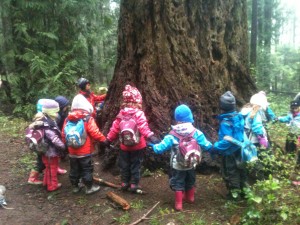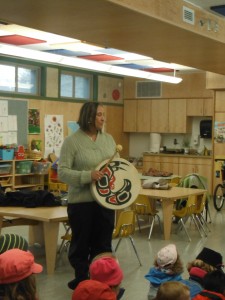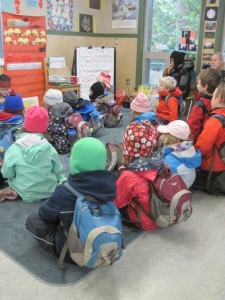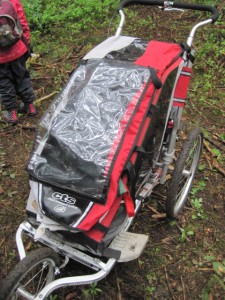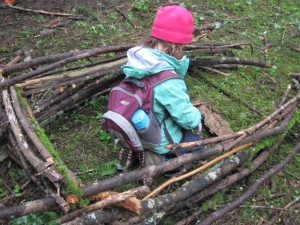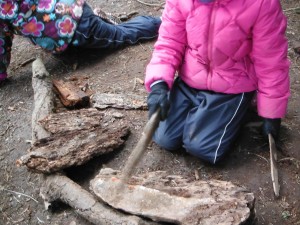Toronto Star newspaper journalist, Andrea Gordon, spent two days with our Nature Kindergarten educators and students this spring. Follow this link to order her e-book for $2.99 … it is well-written, researched, and informative!
Recent Comments
- Frances Krusekopf { Hello Werner, Apologies for the slow response. It has been a very busy start-up to the school year due to COVID. Please feel free to... }
- Werner Simbeck { Hi Frances, my name is Werner and I am the president of the Victoria German School, which I was told by Petra KixMöller you know... }
- Frances Krusekopf { Thank you for your email. We went through a detailed process to develop a risk management plan for this program. We review the risk management... }
- ELIZABETH JOHN BRIGGS { hi there, i am an international student at the royal roads university. my daughter is will be 8yrs in janunary. she will definitely love this... }
- Sydney Thackeray { Outdoor Education – Developing a Unified Voice You are invited to participate in a study about Outdoor Education in Canada, conducted by Morten Asfeldt and... }
- Prajakta { Hello Frances, I am so inspired by what you have started in Victoria that a friend of mine and I are both contemplating enrolling our... }
Recent Posts
Bookmarks
- CFAX "Real Parenting" Podcast
- Child and Nature Alliance
- Coalition WILD
- CTV News Story – "Education Comes Full Circle" – June 2013
- David Suzuki's 30 X 30 challenge
- Environmental Education Essential for Students
- Evergreen
- Forest Kindergarten at Wikipedia
- Forest, nature and outdoor Learning Resources
- Fresh Air Learning Preschools in Lower Mainland, BC
- Green Cement
- International Association of Nature Pedagogy
- Jim Robertson, Alberta Naturalist
- Kindergarten in a Tree – Japan
- Learning Landscapes Designs
- Maclean's article "This is not a field trip"
- National Aboriginal Day Poster Presentation at Royal Roads University
- Nature Kindergarten in Sooke (Shaw TV)
- Nature-based Early Childhood Program at Antioch
- Nature-based programs in New England
- Norwegian Forest Kindergarten
- On Self-Regulation
- Outdoor Learning in Japan
- Outdoor Preschool in the UK
- PLAY AGAIN
- Saratoga Springs Forest Kindergarten
- Stroud School – Forest School
- Today's Parent – "Forest Schools: when every day is a field trip day…" – May 2013
- Troll Waldkrippe and Waldkindergarten in Zuerich, Switzerland
- Turning Nature Into Classrooms
- UK Playground Design
- Victoria Natural History Society

